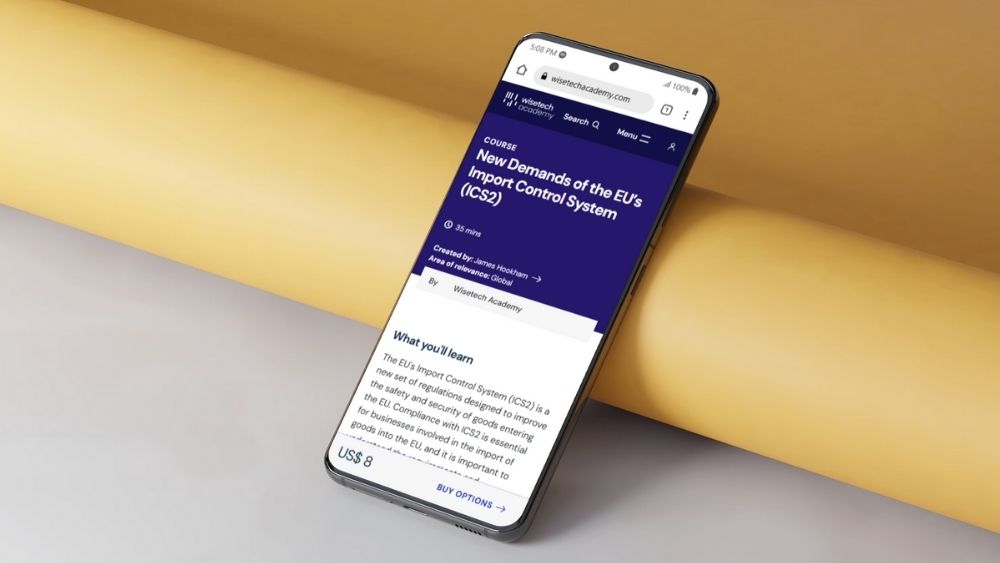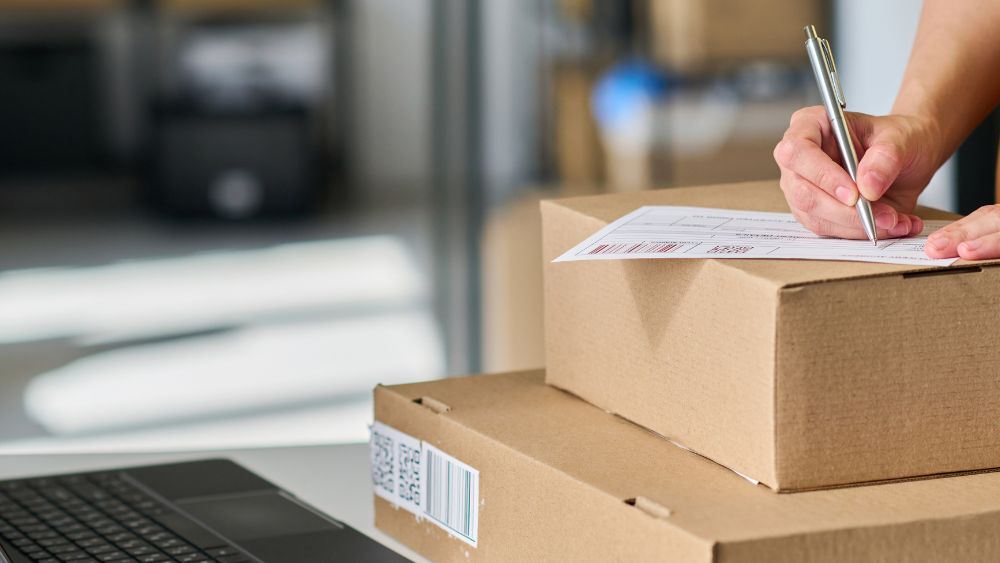A reminder to anyone exporting or sending goods to the European Union that the new(ish) rules for notifying your forwarder or carrier specific details about your shipment take full and final effect on 1 September 2025.
The EU's Import Control System, version 2, or just 'ICS2' for short, has been rolled out in each of the different modes of transport since 2021, when it was first introduced for air cargo. Sea transport was included during 2024 and from the beginning of next month full notifications will need to be made for all goods entering or transiting the European Customs Territory (ECT) by road or rail, closing out a process that began on April 1st (the ECT, by the way, is bigger than the European Union).
ICS2 is a major upgrade of the information European customs authorities are demanding be supplied in advance for goods being loaded onto an aircraft or a ship, or arriving at the EU border in a train or a truck. The responsibility to supply this information falls on the carrier of the goods. But the type of information and the detail in which it must be supplied can normally only be provided by the original consignor of the goods, and it may be more detailed than shippers are used to supplying in booking documents or consignment notes. So ICS2 is just as big a deal for exporters outside the EU as it is for European importers.
The purpose of advanced cargo information systems like ICS2 is to give Customs authorities enough data to assess the risk that imports of goods pose prior to their arrival at the border. The information required to do this includes the name and address of the consignor and of the consignee, plus a plain language description of the goods, which says what they are, what they are made of and/or what they intended to be used for.
Using brand names and generic descriptions, like 'Household goods' for this purpose is a definite no-no, and the EU recently reissued its list of STOP words that shows the types of descriptions that would cause Customs authorities to do just that to a shipment if they were used in an ICS2 notification. Other required data are the EORI number for the European consignee, and the HS Code for the goods to six digits of precision (that's pretty precise!).
Most carriers are now routinely collecting this information from shippers at the time of booking and refusing shipment if not enough detail is supplied. And that's because the duty to comply falls on them to make an Entry Summary Declaration containing all the required information for every consignment that the plane, ship, truck or train is carrying. Forwarders will be able to submit part of this information themselves if they don’t want the carrier to know the identities of their customers.
One of the biggest challenges has been the need for forwarders and carriers to connect their own IT systems directly to the ICS2 system so that information can be automatically routed to the appropriate Customs authority, depending on where the goods will enter the ECT. This involves meeting very specific technical specifications and passing a self-conformance check to ensure the integrity and security of the connection. Although it may seem as if you are doing your carrier a favour by supplying them with all this information, don't forget it's your shipment they are trying to get across the EU border. Goods failing the ICS2 pre-arrival risk assessment are almost certainly going to get detained and investigated further upon arrival.
Now, at this stage, you are probably hoping I am going to fill in all the details left hanging in earlier paragraphs, like how do I get an EORI Number? What's the minimum time by which I have to provide all this information? What is the difference between the EU and the 'European Customs Territory'? And the biggest question of all, what happens if I don’t supply the right kind of information, and how will I know?

Well, sadly, there is no space left to answer those questions here. But WiseTech Academy does offer the most sublimely crafted micro-learning program on ICS2, where all these questions and others are answered over the course of 35 minutes, guiding you through the ICS2 requirements as a consignor of goods from outside of European Customs Territory (it tells you what that is as well!). You can find the course here: New Demands of the EU’s Import Control System (ICS2)
From 1 September, there are no further concessions or time-outs, ICS2 is live for all shipments entering or transiting the ECT. So, getting ICS2-savvy could be a good investment of time.
James Hookham is a Director of TenTenFifteen, providing guidance and support on international trade and transport to shippers and forwarders around the world. He has been a professional representative of the trade and logistics sector for over 30 years, first as a Deputy Chief Executive of the Freight Transport Association (now Logistics UK) and since 2018 as Secretary General of the Global Shippers Forum, the voice of cargo owners in international supply transport.
He is a graduate in Environmental Science from the University of Bradford and completed a Masters degree in the safe transport of dangerous goods at the University of Manchester.

